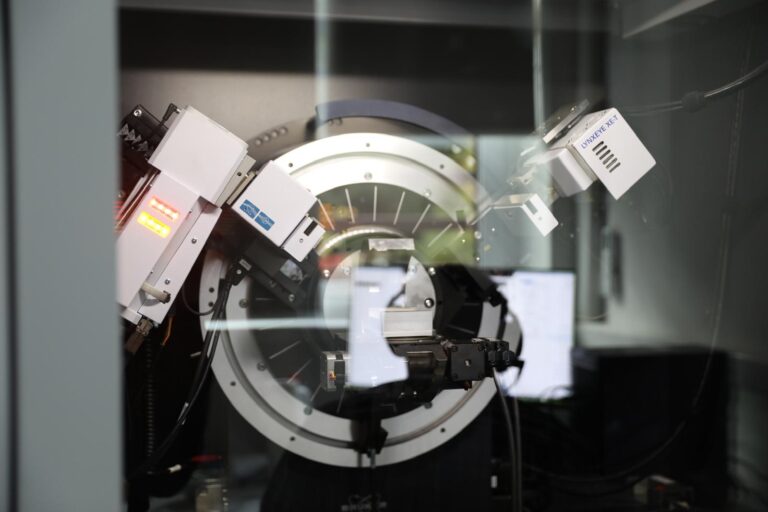The objectives of the kick-off conference in Cista Provo/Cista Velika, within the activation of the social innovation lab under Work Package 5, were based on presenting the goals and tasks of the project planned for the period from 2023 to 2027. Protection models were also presented, grounded in existing threats and challenges in preserving the material components of stećci, reinterpreting their role in a contemporary context, and involving the general population – citizens, students, and vulnerable groups – in protection processes and tourism planning within the framework of participatory management. Representatives of various entities participated in the conference, including the Municipality of Cista Provo, the Split-Dalmatia County, the Ministry of Culture, the Museum of Croatian Archaeological Monuments, the Imota Tourist Board, Ivan Goran Kovačić Elementary School, the associations IIC Croatia Group and the Croatian Restorers’ Society, as well as local entrepreneurs focused on cultural activities (companies 3D Studio d.o.o., Kvinar d.o.o., ArtCoreLab d.o.o.), who collaborated with UMAS on designing protection models and preparing project activities. Through research methods like the World Café discussion, participants were introduced to topics such as the impact of climate change on stećci, their significance as UNESCO World Heritage Sites, benefits for the local community, and strategies for their integration into tourism. They also discussed ways to increase citizen interest and involvement in the project through transparent decision-making and participation incentives.
During the discussion, moderators Siniša Bizjak, Sagita Mirjam Sunara, and Krešimir Bosnić presented questions to groups of participants seated at thematic tables, where each table addressed one question at a time, and after a 15-minute cycle, moderators rotated tables/groups to discuss the same topic with a different group. In this way, all participants contemplated all the posed questions. Ultimately, proposed activities were reviewed, and many innovative suggestions for expanding engagement within the project’s planned scope were formulated, which all participants believe will contribute to reshaping the relationship towards these valuable monuments, expanding current knowledge about them, and changing the visual identity and available content at the site, as well as better incorporating stećci into local business operations. The questions participants answered were placed on tiles at each table and dealt with issues such as the visible impact of climate change on participants’ lives (1), the value and importance of stećci to each of them (2), the coexistence of the site’s context as a cemetery and tourist attraction (3), potential benefits for the local community in preserving and promoting stećci (4), the integration of stećci into the local community’s tourism offerings (5), and the vision of ideal circumstances/positive utopia at the site (6). To make the discussion more fluid and natural and to maintain participant interest with minimal effort, we did not ask them to write down answers; instead, moderators recorded views in the form of notes and minutes (digitally and on a flipchart), which were later adopted by the participants.
After this main part of the meeting, participants were presented with the current knowledge about the stećci at the site, and the context of their understanding was deepened through two lectures (by the head of archaeological research at the site, Ljubomir Gudelj, and the head of the Conservation Department of the Ministry of Culture, Dr. Ivan Alduk). Additionally, the ongoing work of the elementary school and student associations in preserving oral traditions, customs, and popularizing the Crljivica site was presented by the school principal, Ivan Pleić. In conclusion, the work on sepulchral monuments and models for their presentation was presented by Nikolina Polić on behalf of Kvinar d.o.o. Based on these lectures, the main themes were discussed on the margins of the meeting among representatives of the quadruple helix stakeholders in the project and their potential roles in the context of future preservation, presentation, and recontextualization of the site.











